Small Changes That Make a Big Difference in Group Work
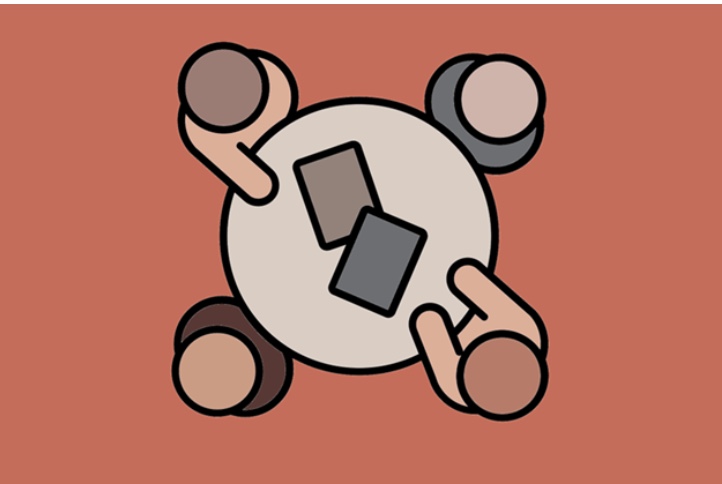
Even though cooperative learning is supported by research, so many teachers struggle with it and eventually give it up. Sometimes the smallest tweak in instructional approaches reaps the biggest impact, and group work is no exception. This post provides 17 small changes that can make a big difference in group work.
Authentic Small Group Discussions with the Real Talk Strategy
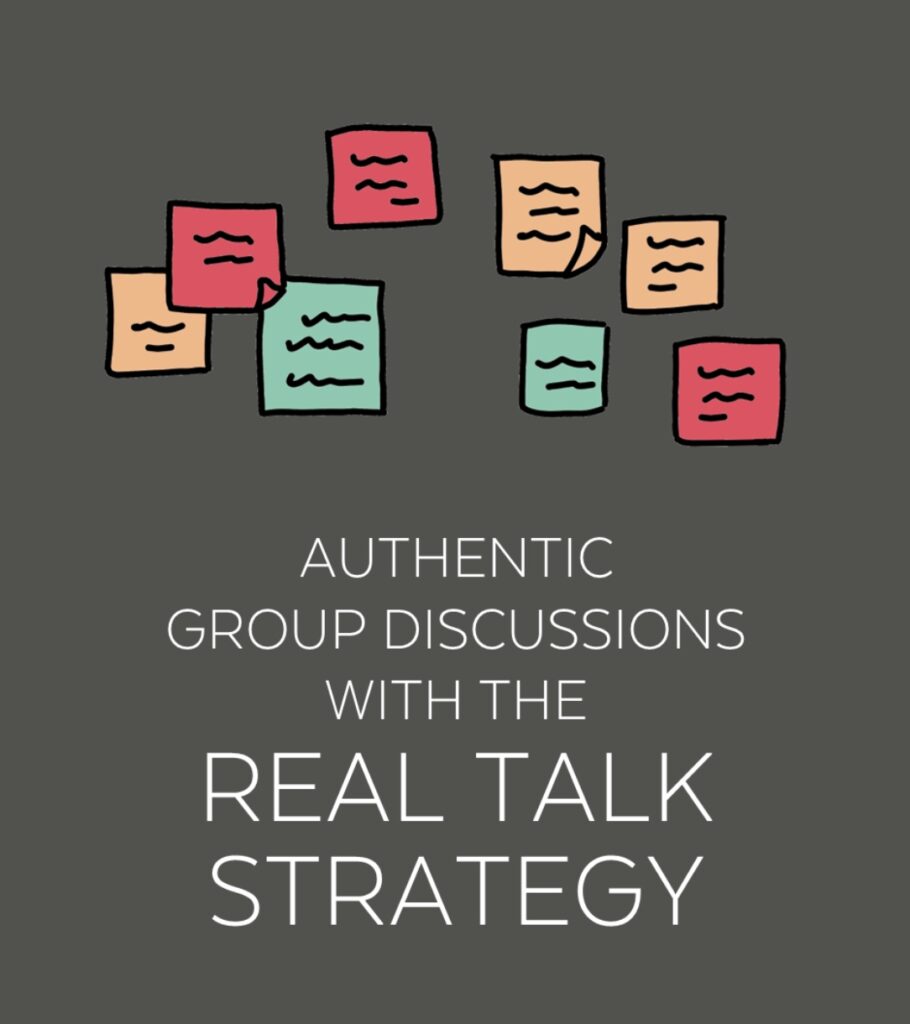
Real Talk is a small group discussion strategy for teachers who are ready to try an alternative to chaotic free-for all discussions and micromanaged role-based formats. In Real Talk, students create their own talking points, write them on sticky notes, and use a Discussion Board as they have their conversation. They are encouraged not to rush through the conversation and to really dig into their ideas. Real Talk works with any grade level and any text.
10 Ways to Give a Better Lecture
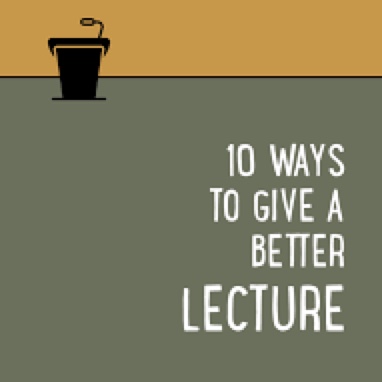
Mostly due to overuse and poor execution, lecturing has come to be frowned upon in modern teaching. However, if done well, a lecture can be an extremely effective tool. Here’s how to make your lectures better.
Collaborative Project Ideas
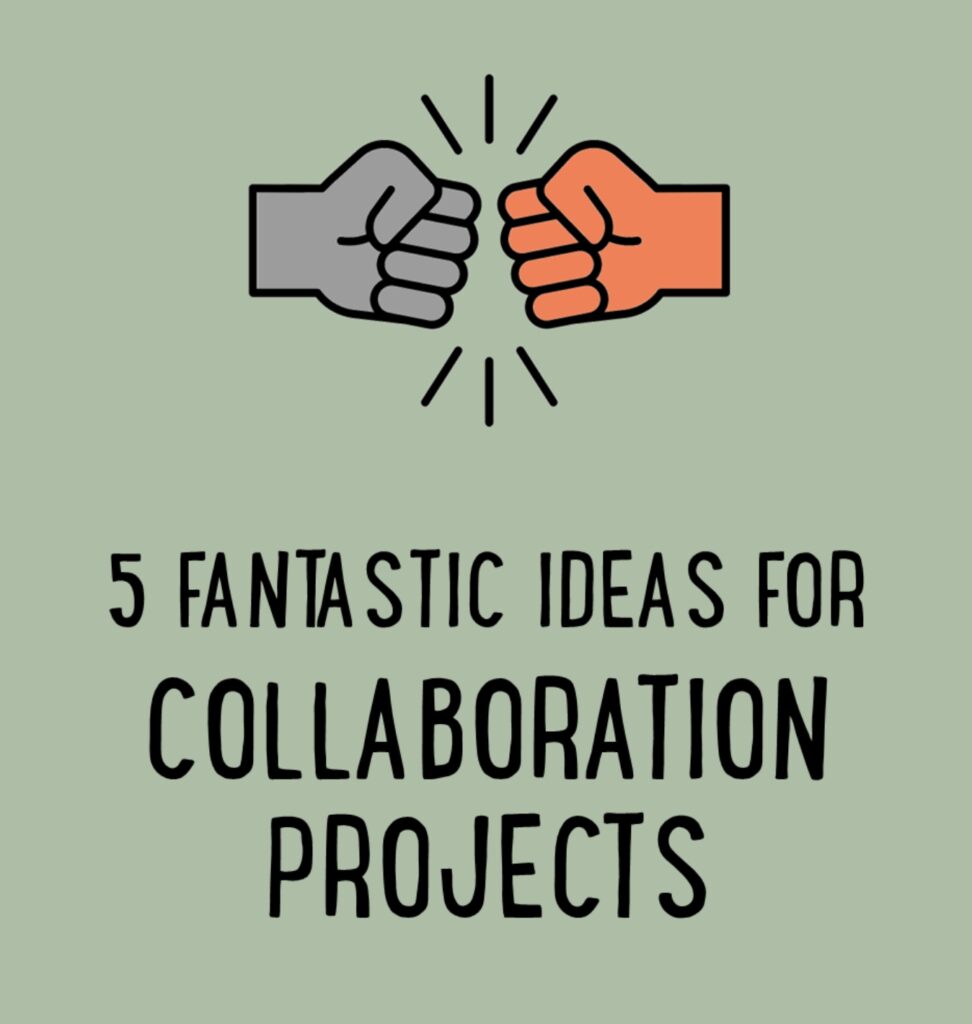
Working together to solve problems and create new things is a vital part of life, so it makes sense to practice it in school. The ideas presented here are for teacher-tested, customizeable projects that went well and got students actually collaborating, not just dividing up the work.
Hexagonal Thinking Actvities
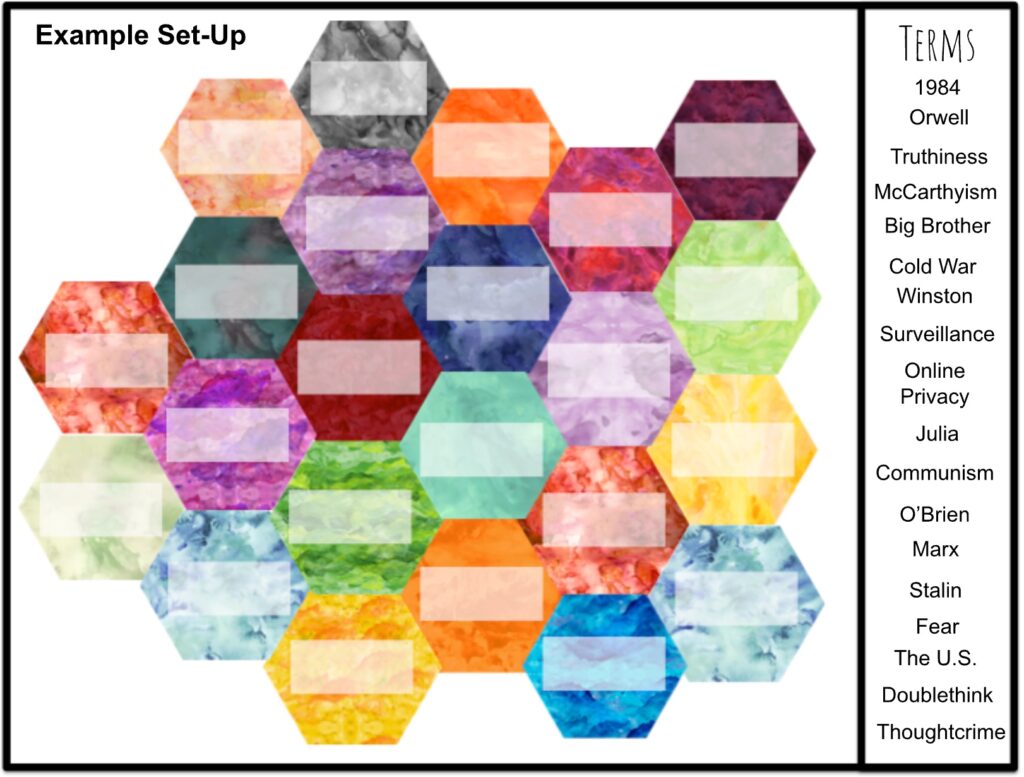
Hexagonal thinking is a simple method that yields big critical thinking results. Kids take a set of hexagons with varied terms, concepts, themes, real-world connections, etc. that relate to your current unit of study, and then link them together into an interconnected web. In pairs, groups, or even alone, they must use their critical thinking skills to decide which hexagons link best to which others.
How to Talk to Students About Cheating

Although some behaviors are pretty much universally identified as cheating (e.g., copying exam answers), students and teachers are not in agreement on everything. The effectiveness of cheating prevention mechanisms can be increased by clarifying up front what is and isn’t cheating. Here’s a collection of activities teachers can use to ensure that students understand the behaviors that constitute cheating.
Station Rotations
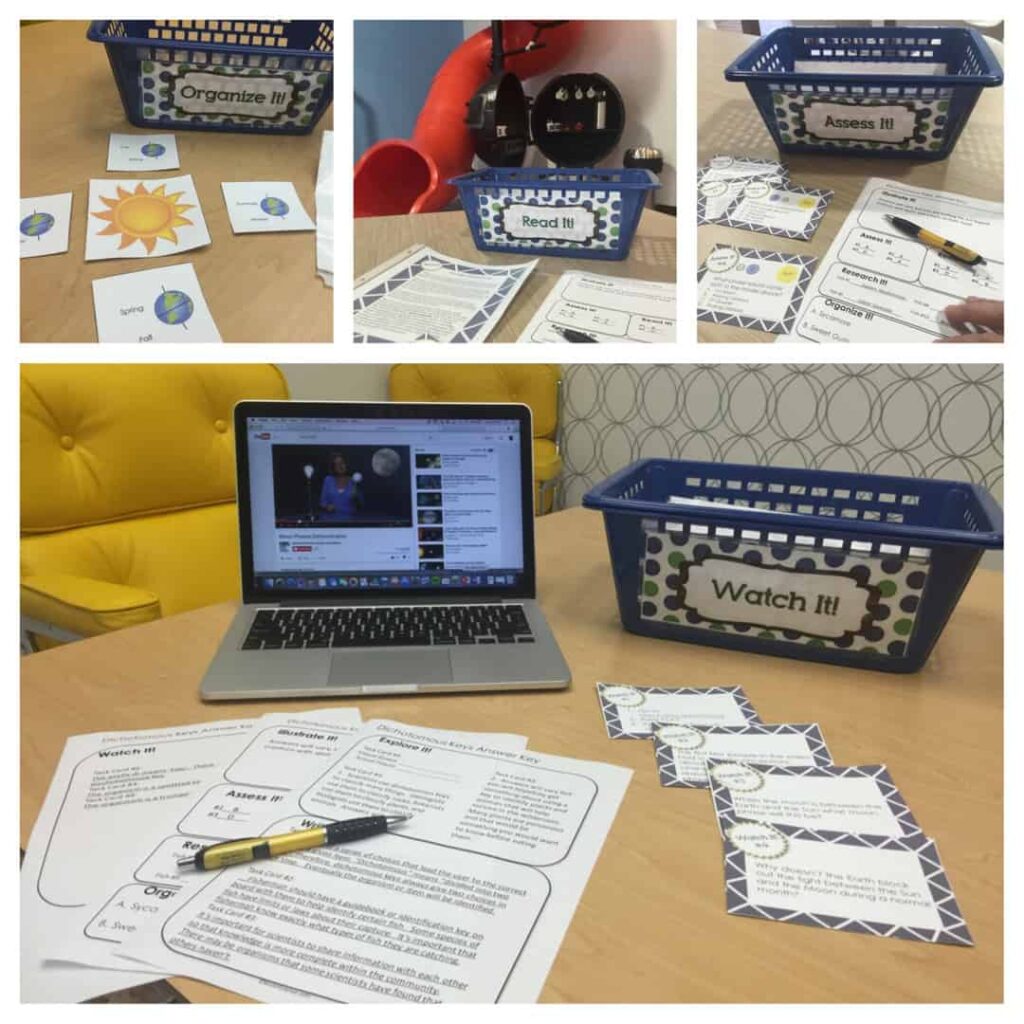
The Station Rotations Model is essentially the secondary version of Learning Centers, which are commonly used in elementary classrooms. Almost any lesson in any content area can be turned into a stations activity. Stations do require more prep than a lot of other activities, but once you’re set up, the lesson takes care of itself…
Nearpod 101 (It’s Not Just for Distance Learning!)
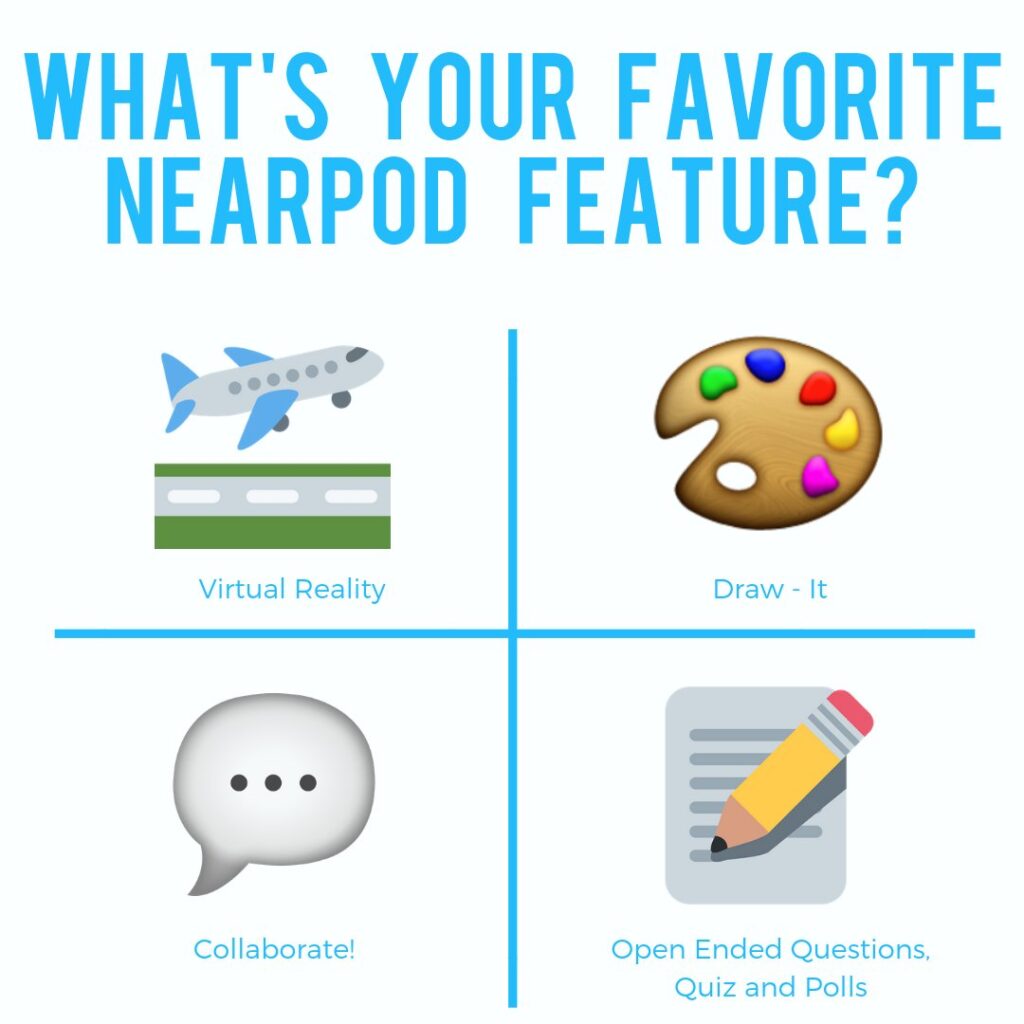
The premium version of Nearpod is now FREE for PUHSD teachers! If you’ve never heard of Nearpod or thought it was just for distance learning, come check out its collection of content and activity features…
Icebreakers & Community Builders
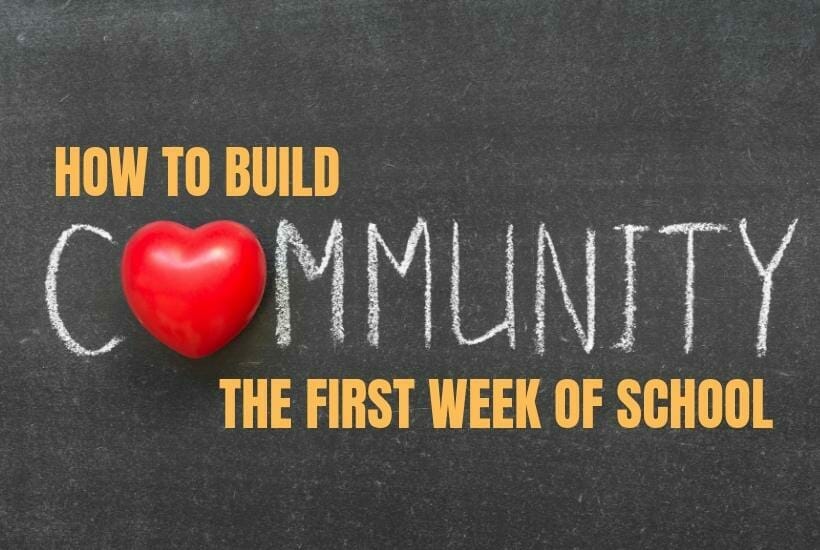
Taking time to build community, nurture relationships, and support students’ social-emotional needs first will lay the essential foundation you need to be successful with academic content throughout the year.
Iron Chef EduProtocol

The Iron Chef EduProtocol, modeled after the Iron Chef Cooking show, is a modernized version of the jigsaw. Students work in small groups to read, synthesize create, and present to their peers.
Cyber Sandwich EduProtocol
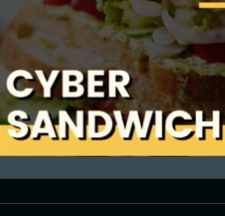
The Cyber Sandwich EduProtocol is a lesson frame in which students work in pairs or small groups to create a collaborative Venn Diagram. They record notes, compare and contrast topics, and summarize what they have read in this structured think-pair-share activity.
Thinking Routines for the Online Classroom
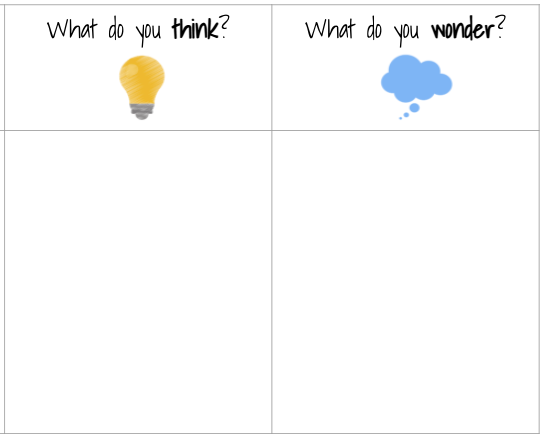
Project Zero at Harvard’s Graduate School of Education has created a collection of Core Thinking Routines as part of their Visible Thinking Project. This post highlights 5 Routines that encourage students to be intentional thinkers and provides a “how-to” document and Google Slides template for each.
Virtual Station Rotation Lessons
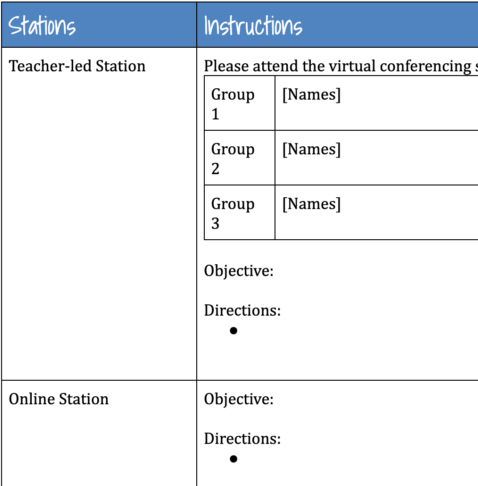
Instead of rotating physically like they would in a typical classroom, virtual station rotations have students shifting from one learning activity to the next. The beauty of the station rotation model lies in the small group dynamic, opportunities to differentiate more consistently, and increased student control over the pace at which they move through individual tasks.
Building a Better Breakout Room
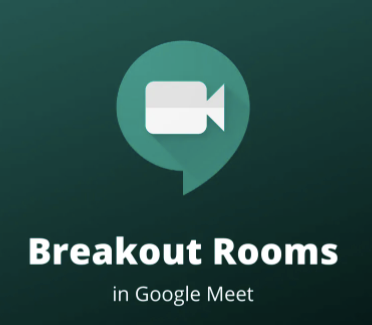
Google Meet now gives you the ability to put students into smaller meetings, or breakout rooms, for small-group discussion and collaboration. But just sending students into these rooms won’t usually get you good results, and teachers all over the world have been learning what works best through trial and error. This resource is a summary of the most common tips.
Creative Ways to Use Jamboard
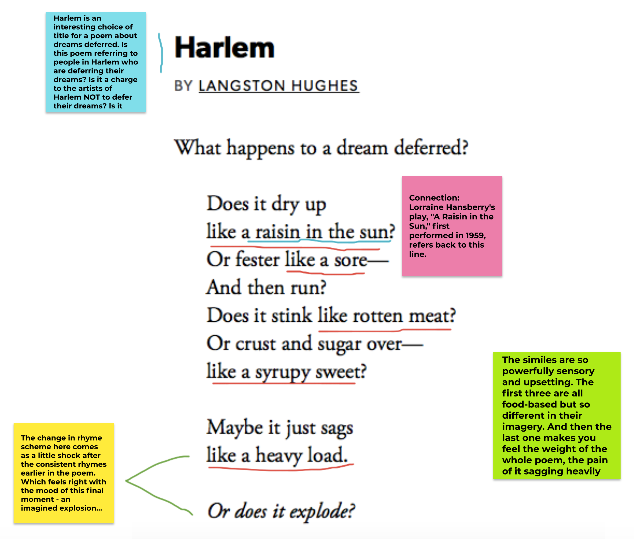
Jamboard is Google’s digital whiteboard that gives students a place to brainstorm and work collaboratively using drawing and writing tools, sticky notes, shapes, images, and more. This resource includes templates and activity ideas including annotations, photo comic strips, voting, pros and cons discussions, Top 10 Lists, and Four Corners.
Silent Discussions
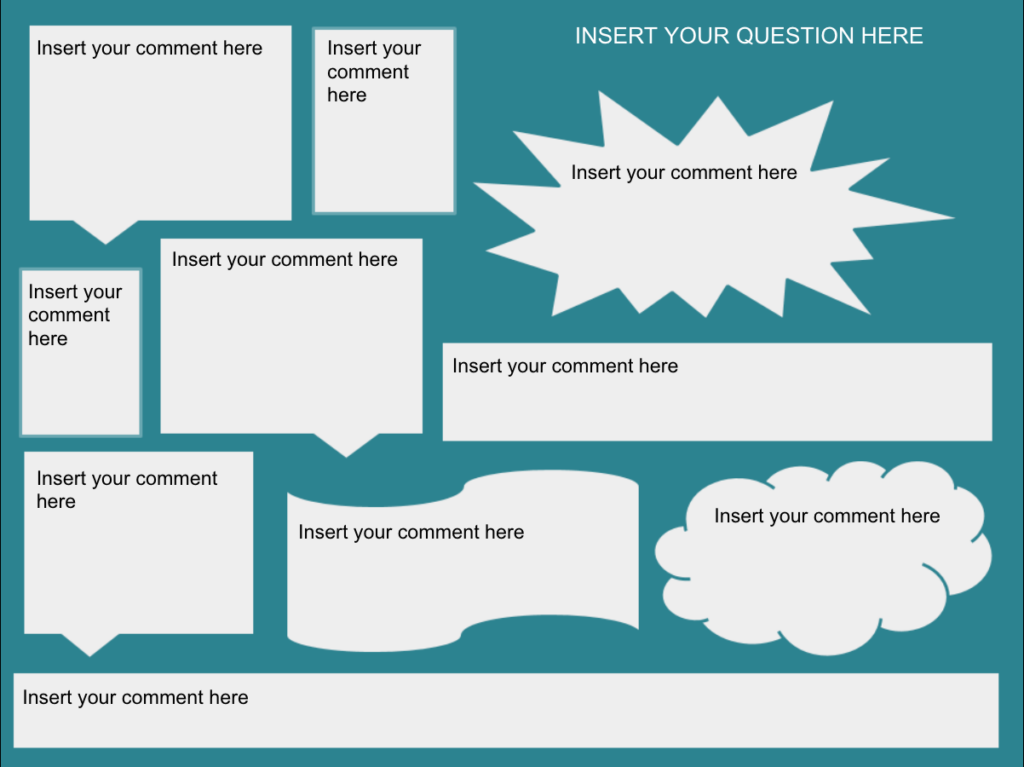
Silent Discussions are a discussion warm-up activity that modifies easily to the online environment. Using the collaborative question slide deck provided, invite each student to add a question to the top of one slide and begin adding responses on others’ slides. You can ask them to respond and read on maybe five slides, and then begin your class discussion based on the questions and answers they’ve already been exploring…
Crumple & Shoot
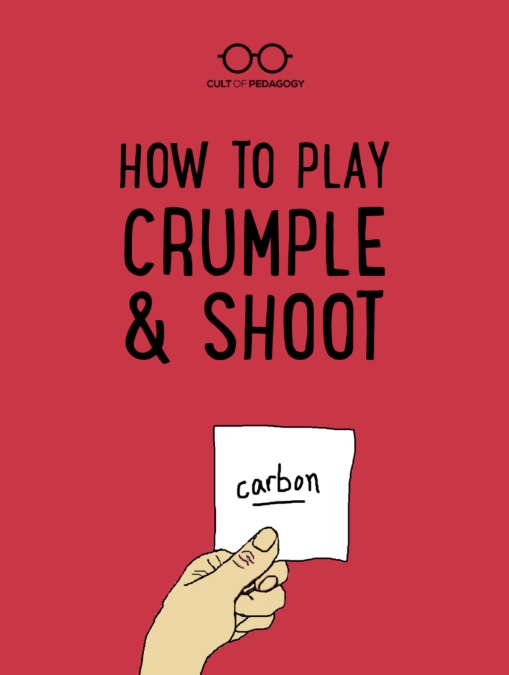
This high-energy, low-tech game can be used in any subject area and is perfect for a review.
How to Teach Collaboration
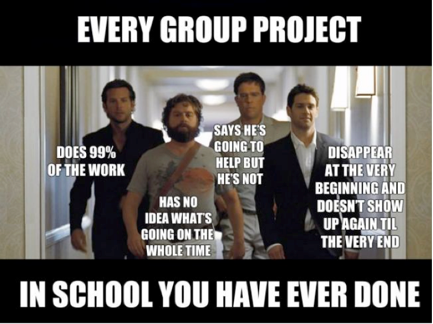
Before launching into literature circles, fishbowl discussions, Socratic Seminars, or any other small group pedagogy, let’s teach students HOW to work together. Here are five ways to take the guesswork out of group work.
Make it Stick
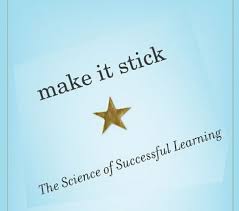
Procrastinate – Cram – Test – Forget. This is how most kids get through school. They may pass the class, but they don’t necessarily learn the material, much less remember it for any length of time. What if we could design our instruction so that the learning really stuck, so they remembered our content for years rather than just for long enough to pass the test? There is a way and it’s so simple. In this resource, you will learn how working memory and long-term memory function and how you can use the strategies of retrieval practice, spacing, interleaving, and feedback to help kids retain the content you are working so hard to teach.
Turn & Talk Sentence Frames
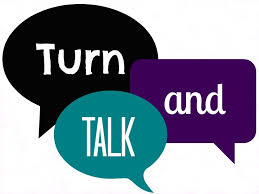
Every 12-15 minutes, students should be given a short amount of time to consolidate their learning. Here are four examples of conversation prompts teachers can give to help them do that.
